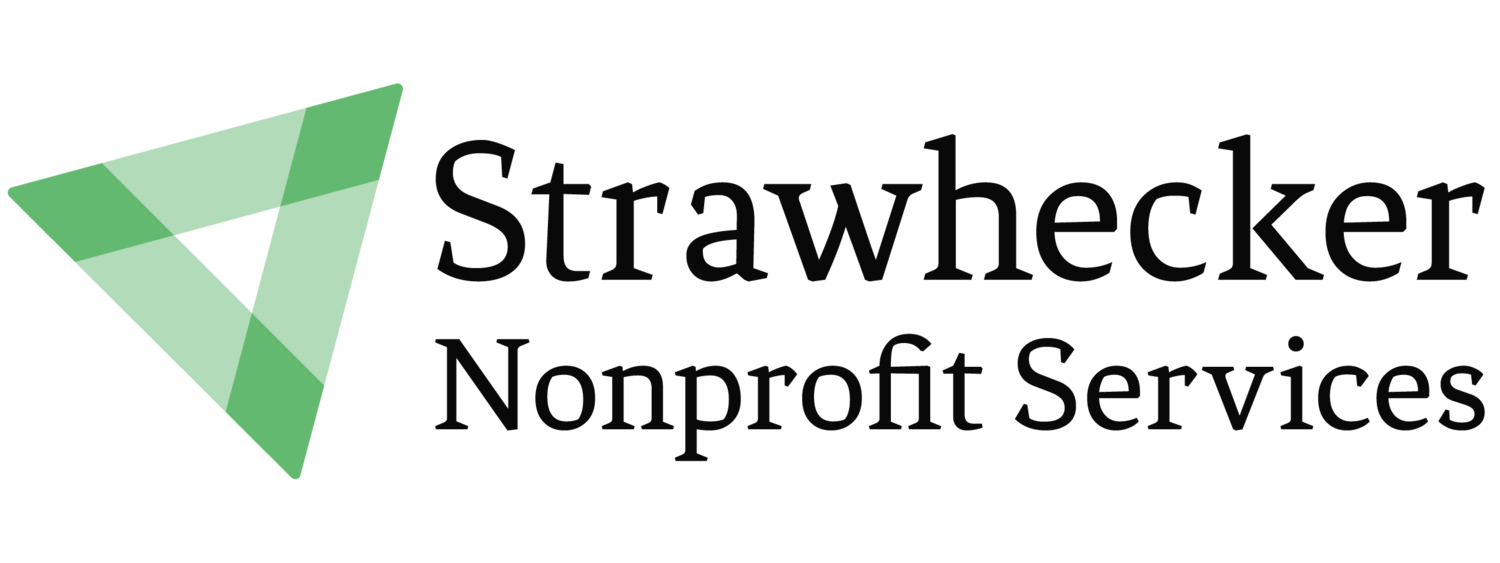The Effective Logo Checklist for Nonprofits: Part Two
Logos are the tip of the iceberg
The biggest takeaway from Part I: The Importance of Branding should have been: branding is a system of communications, and it is essential.
The true kingpin of branding is the mission of your organization. But imagine the tangled mess of words we would live in if every organization represented themselves using only that. The truth of the matter is that words are not as easily digestible as visuals.
Thus, although they are only a small part of a larger system, logos are how people quickly identify an organization and brand. Think of a logo as the visual kingpin of your branding system. It’s that bite-size first impression of your organization. Like an iceberg, a logo is a small representation of an organization and all that undergirds it.
An honest look at your logo
A logo holds a mirror to your nonprofit, reflecting what it represents and what it immediately conveys. It offers a peek into the past –how far the nonprofit has come– and a nod to the future – a beacon for a better world. It’s worth asking what your logo says about your organization.
To help you out, we’ve compiled this checklist to benchmark your logo against. BUT it will only serve you well if you’re willing to take an honest look and answer objectively, setting your own opinion and thoughts aside. Sometimes we get so entrenched in what we’re used to that we can’t see beyond our own perspective. To counterbalance that, we recommend also asking for fresh opinions outside your normal circle.
Seven elements of an effective logo
An effective logo checks 7 boxes:
Distinctiveness
Simplicity
Memorability
Timelessness
Scalability
Versatility
Relevance/Appropriateness
Is your logo distinct?
Was it custom created by a professional designer?*
*Online logo generators, licensed or unlicensed clip art, and/or photos as logos do not count as custom.
Is it easily recognizable to people inside and outside of your organization?
Does it differentiate you from competitors? Would a 5-year-old be able to pick it out amongst similar logos or industry organizations?
+1 Bonus point for custom lettering or customized type treatments, so random people can’t just type your organization name and voila! have your logo to use willy nilly.
Is your logo simple?
Does it use 2 colors or less?
Does it use 2 typefaces or less? Or custom type?
Is it free of unnecessary funkiness?*
*Outlines, drop shadows, bevels, glowing effects, gradients, etc.
Can you close your eyes and draw it? Can you describe it to a 5-year-old with their eyes closed and have them draw it?
Are the outer bounds a conventional shape? (In other words, does it fit nicely into a basic shape like a circle, square, rectangle, or polygon, etc. and still feel balanced?)
Is your logo memorable?
Can a stranger look at it for 3 seconds and then be able to describe it to you?
Does it make an impact? If you show a stranger 9 logos for 3 seconds, will yours be among the ones they remember seeing?
Does it have personality? Is it based on a story, underlying meaning or provide an aha! moment for people that forms a connection in peoples’ long-term memory?
Is your logo timeless? Does it stand the test of time?
This is the category in which people will bump up against their own opinions and feelings about their nonprofit’s logo. If you catch yourself saying things like “it’s always been this way, so it’s timeless” or speaking on behalf of other people without concrete evidence like “people recognize and love this logo, so it’s timeless” then that is your signal to get outside an opinion. Tradition and history are not synonymous with timelessness. There may be a better way to carry those characteristics into the future with an updated logo.
Is your logo objectively modern? Or will you need to update the logo in a few years?
If a certain trend changes, is it immune? Or will it seem dated?
Will this logo seem dated in 10 years? 50 years? 100 years?
Is your logo scalable?
Was it created as a vector?*
*Vectors are infinitely scalable, so your logo never gets pixelated or fuzzy. They typically use the file extensions .ai, .eps, or .svg.
Does it maintain its integrity when scaled super large, like billboard size?
Does it maintain its integrity when scaled super small, like a postage stamp or a favicon size?
Is your logo versatile?
Does your logo maintain its integrity online and in print? Are the colors the same?
Do you have alternate lockups of your logo?*
*A one-line version, a stacked version, just the logomark, just the logotype, etc.
Do you have alternate file types of your logo?*
*JPGs, PNGs with transparent backgrounds, vectors, favicons, etc.
Do you have the single-color version of your logo?
How about an all-black version?
*Grayscale doesn’t count!
How about an all-white version?*
*Again, grayscale doesn’t count!
Is your logo appropriate & relevant?
Does your logo use the type of logo that makes sense for your nonprofit? (Logomark v. Wordmark v. Combination)
Does the logo design make sense for your organization? Does it use appropriate color theory and typeface selection to represent your service and industry well?*
*For example, a playful font in bright colors would not make sense for a mortuary’s logo. But it would make sense for a nonprofit bettering the lives of children.
If your logo uses an acronym or abbreviation, is this the name your organization goes by? This can be especially helpful for nonprofits that have a long name and prefer to be called by an acronym.
If you aren’t checking these boxes, it may be time to consider a rebrand, logo update, or logo refresh!


